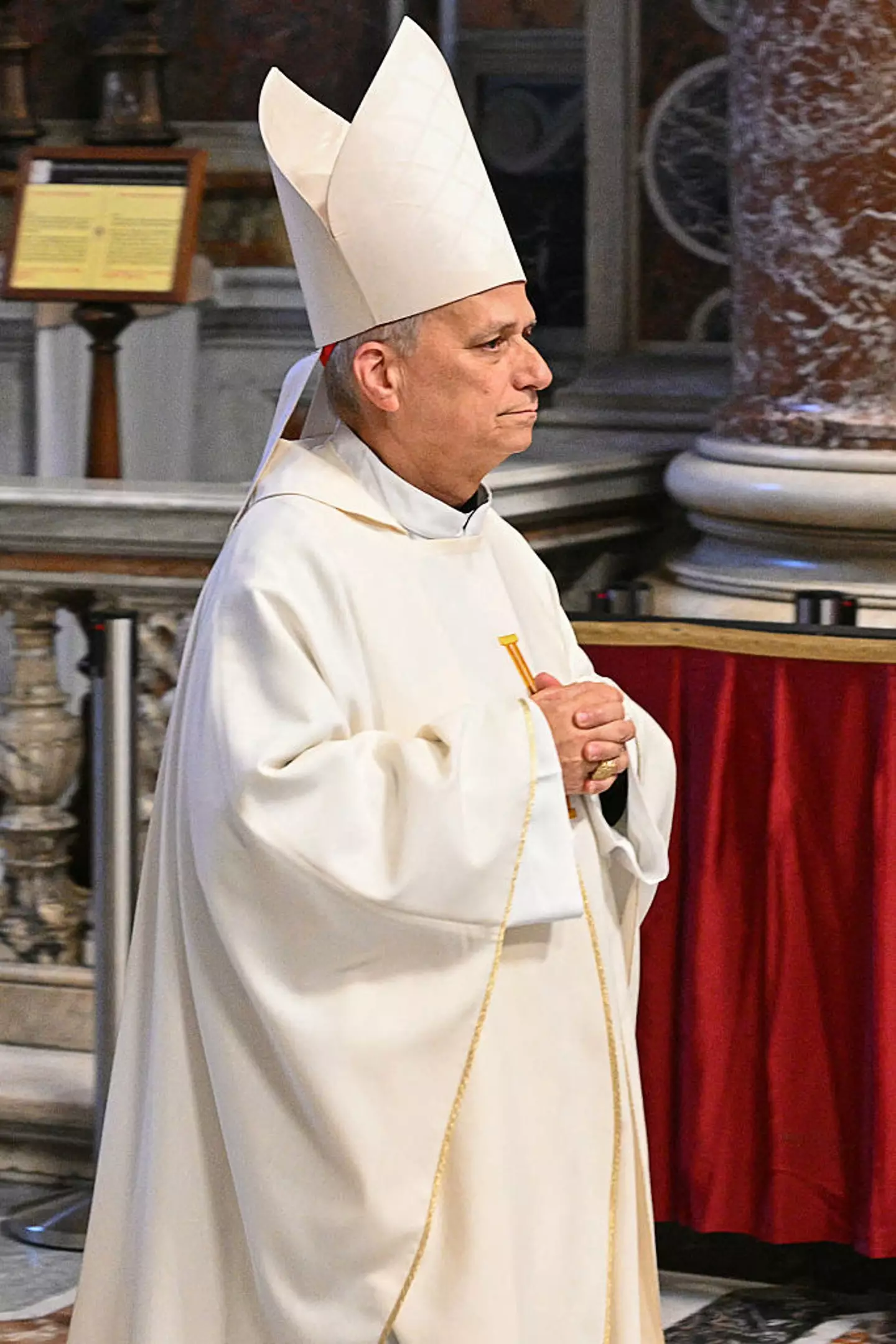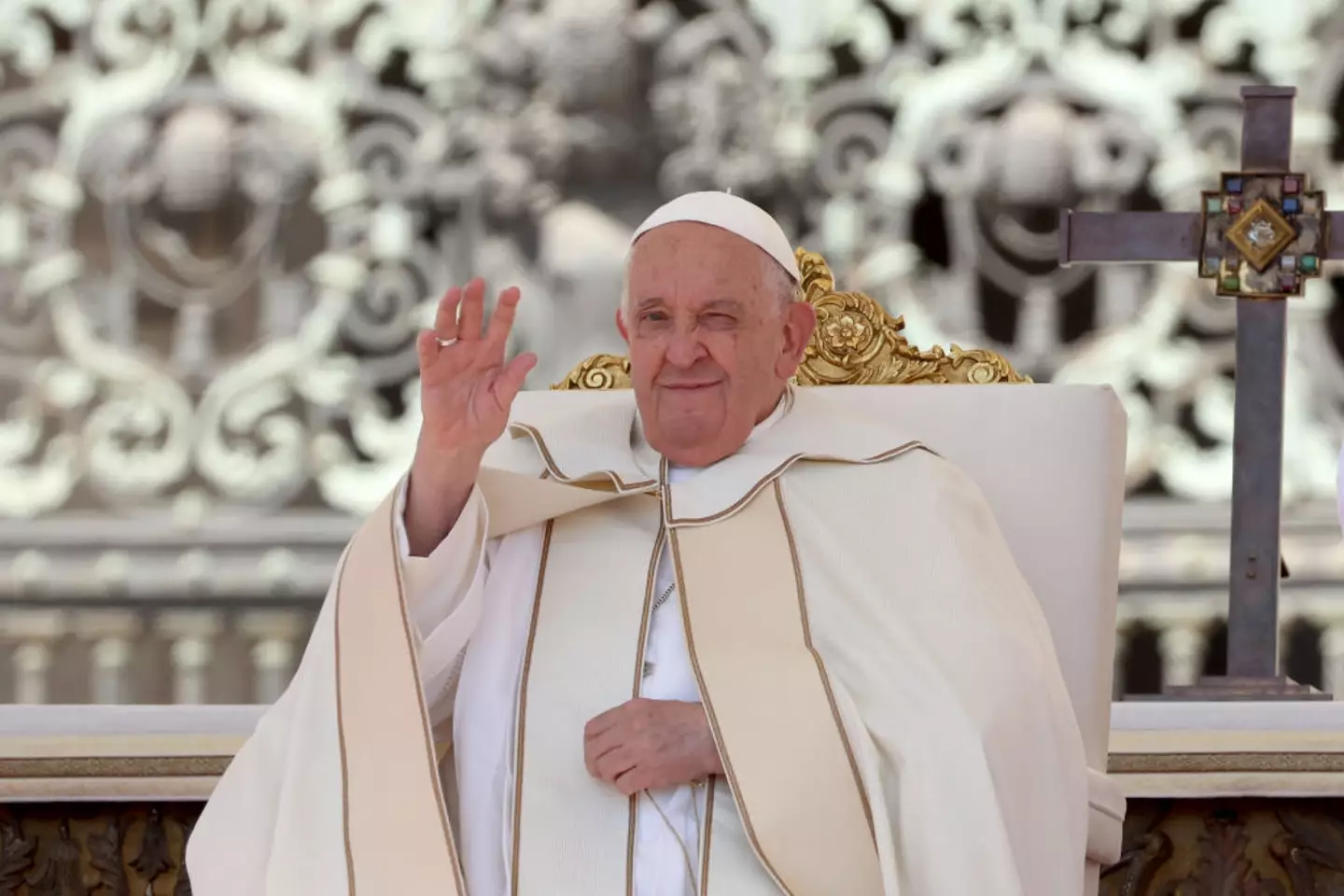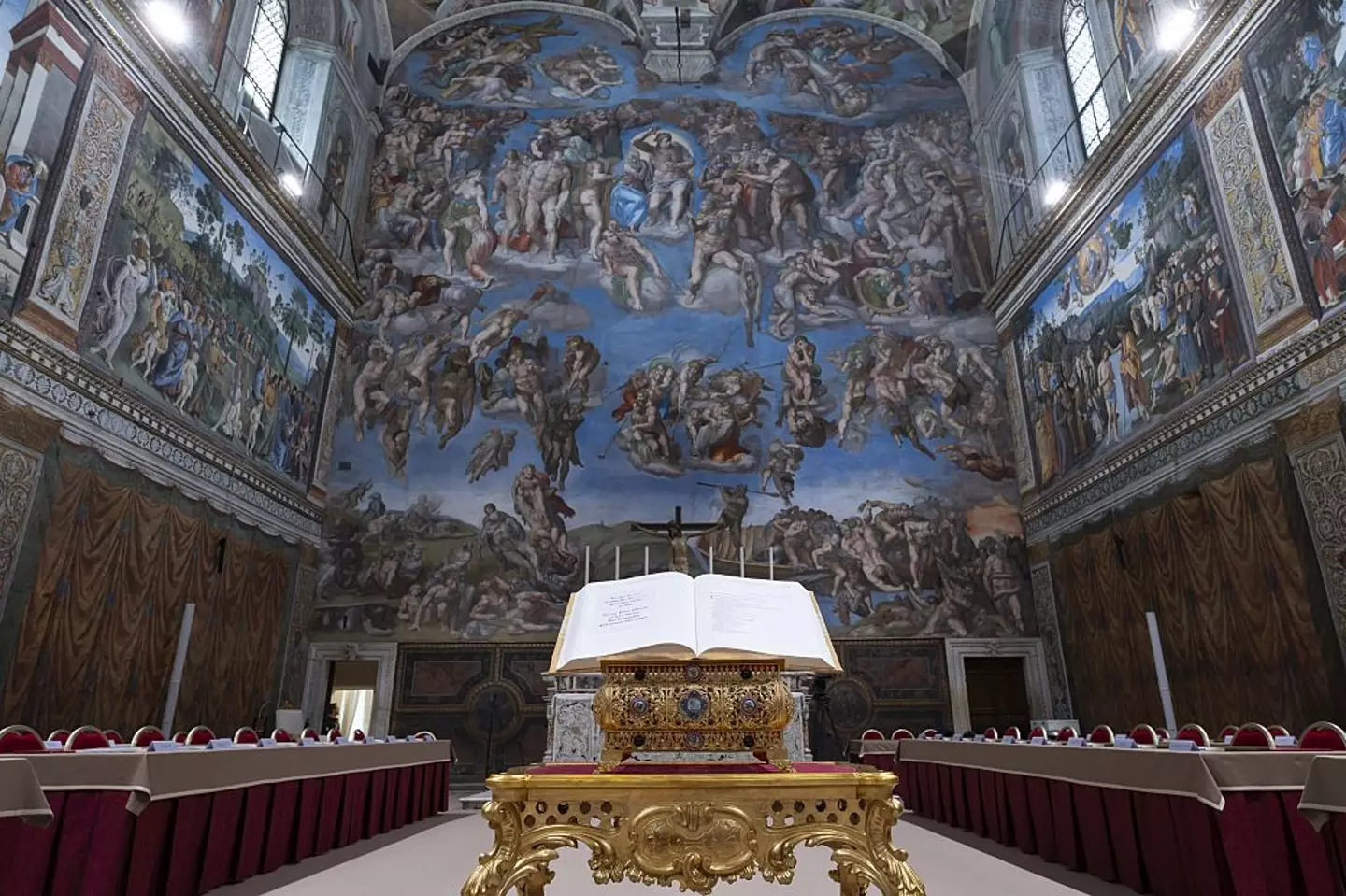The Catholic Church has a new leader. After two days of deliberations, the conclave has elected 69-year-old Cardinal Robert Prevost as the next pope, following the emergence of white smoke from the Sistine Chapel chimney—signaling a successful vote.
Cardinal Prevost, who will take the papal name Pope Leo XIV, succeeds Pope Francis and becomes the first American in history to assume the papacy. The historic announcement was made from the balcony of St. Peter’s Basilica in Vatican City.
Born in Chicago, Pope Leo XIV previously served as Bishop of Chiclayo, Peru, from 2015 to 2023. He also held the role of Prior General of the Order of Saint Augustine from 2001 to 2013.

US cardinal Robert Francis Prevost is now the pope, and goes by Pope Leo XIV (ANDREAS SOLARO/AFP via Getty Images)
The new pontiff comes as Pope Francis, whose real name was Jorge Mario Bergoglio, died on Easter Monday at the age of 88 from a stroke after 12 years at the helm of the Catholic Church.
After nine days of mourning, as per protocol, questions arose as to who was expected to take over the lofty role in the Vatican, with eight cardinals in particular highlighted as potentially taking over the baton.
Today’s news comes as the College of Cardinals, a group made up of the Catholic church’s most senior figures as appointed by the late pontiff, made their way to Rome to take on the enormous task of choosing the next pope.
There are more than 240 cardinals across the globe and the number of papal electors is typically capped at 120. Cardinals are also only allowed to vote if under the age of 80.

Pope Francis died on Easter Monday (Franco Origlia/Getty Images)
This time round, Al Jazeera reported there were 138 eligible voters.
Under a veil of secrecy, the papal conclave met under Michelangelo’s ceiling in the Sistine Chapel, locked the doors to deliberate and swore an oath of absolute secrecy.
They’ve been prohibited from speaking to the outside world throughout the process, only retiring to sleep and eat in St Martha’s house.
To this end, they’ve not been allowed mobile phones, letters or newspapers.
For the past two days, the clergy has been voting up to four times a day. Only when a candidate secures a majority of two-thirds have they decided on the new pope.
The conclave also ceremoniously burn the ballot cards with chemicals, indicating to the outside world eagerly watching the chimney of the Sistine Chapel if a decision has been made.

The conclave has been meeting in the chapel to deliberate (Vatican Media/Anadolu via Getty Images)
For the past few days, black smoke has been pouring out – until earlier today when, for the first time, onlookers saw white smoke billowing from the building, indicating their decision.
The sight caused onlookers to erupt into applause from St Peter’s Square as bells sounded to confirm the news.
Pope Leo XIV is the 267th pope, becoming the religious leader of Catholics across the globe and someone believed to be called to be the successor to St Peter, who was the first.
The longest papal conclave was in 1268, where the group took two years, eight months to choose.
Once chosen, the successful candidate is asked if he accepts the election and can choose his new name as pontiff, which in this case is Pope Leo XIV.


